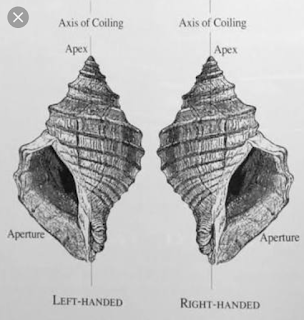Catalyst and Enzyme :Similarities and Dissimilarities
Enzymes are biocatalysts. Catalyst are those which accelerat the rate of reaction without affected itself. Enzymes is a substance that catalyse biochemical reactions. Similarties They do not initiate the reaction. They constitute short -lived complexes by reacting with substrate molecules. Both catalyse reversible reactions. They increase the rate of reaction by lowering the activation energy. They have no effect on equillibrium. Both are effective in very small amounts. Their quantity and quality remains unchanged in the reaction. The function of both catalyst and enzyme is to hasten the process in either direction. Dissimilarities Chemical nature Enzymes are proteinous in nature while inorganic catalyst are small mineral ion. Control Enzyme activity can be controlled by certain regulators which can change the conformation of enzymes,catalyst are not controlled by regulators. Effect of e...



